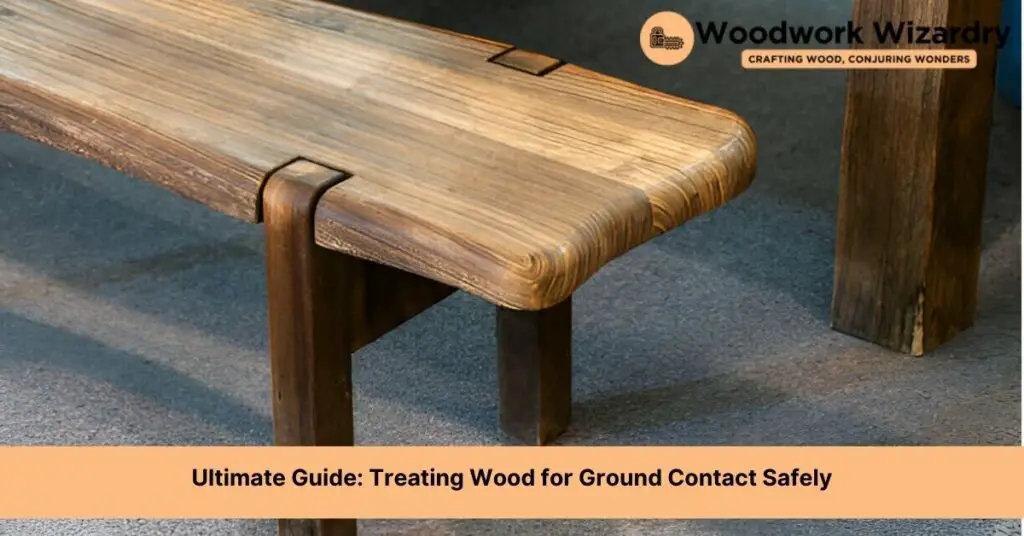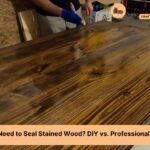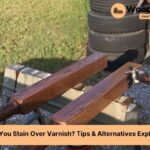When we think about enhancing our outdoor spaces, incorporating wood elements often comes to mind. Whether it’s building a cozy deck, a sturdy fence, or charming garden beds, wood brings warmth and natural beauty to our backyards. But there’s a catch—when wood meets ground, it’s vulnerable to moisture, insects, and decay. That’s why treating wood for ground contact isn’t just a good practice; it’s essential.
We’ve all seen the consequences of untreated wood left to brave the elements: it warps, rots, and loses its charm way too soon. But don’t worry, we’re here to guide you through the process of treating wood for ground contact. It’s simpler than you might think and will ensure your wood structures remain beautiful and durable for years to come. Let’s dive into the world of wood treatment and give our outdoor projects the longevity they deserve.
Preparing the Wood
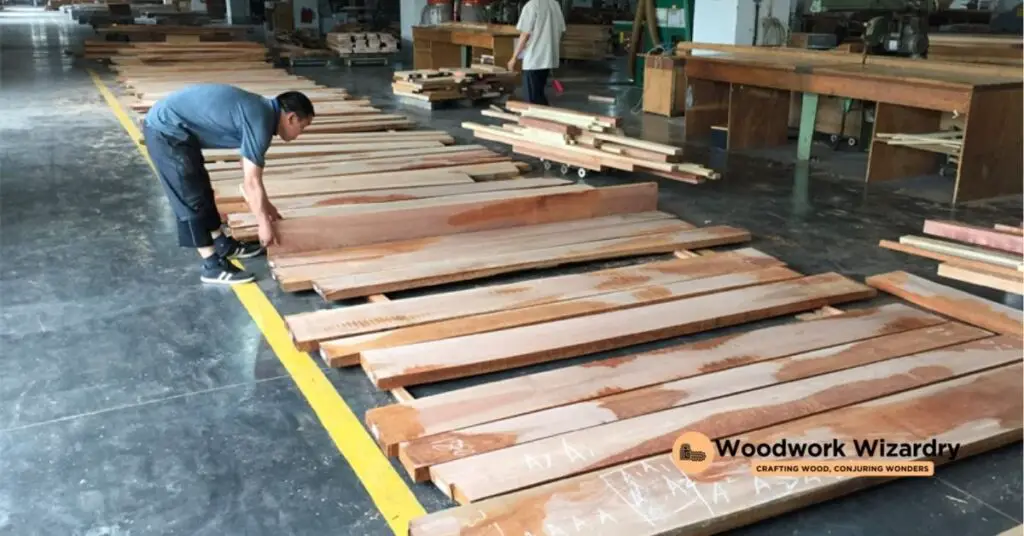
Treating wood for ground contact requires careful preparation to ensure the longevity of outdoor wood structures. We’ll guide you through selecting the right type of wood and the tools and materials you’ll need.
Selecting the Right Type of Wood
When preparing wood for ground contact, choosing wood that inherently withstands outdoor conditions is crucial. Hardwoods like cedar and redwood resist moisture and decay better than softwoods, but for more affordability and availability, pressure-treated pine makes a solid choice, especially when treated for ground contact. Ensure the wood is labeled for ground contact use, indicating it has undergone treatment to endure direct contact with soil and moisture.
Tools and Materials Needed
Equipping yourself with the right tools and materials is essential for effective wood treatment. For the preparation and treatment process, gather the following items:
- A brush or roller, for applying wood preservative or sealant.
- Sandpaper, with a grit suitable for smoothing rough patches on the wood surface, typically between 80 to 120 grit.
- A drill, if pre-drilling holes for fasteners to reduce wood splitting.
- Protective gear, including gloves and safety goggles to protect against chemicals and splinters.
- A wood preservative or sealant, specifically designed for ground contact use. This will provide a barrier against moisture, insects, and decay agents.
Having these tools and materials ready before starting the treatment process ensures a smoother and more effective application, optimizing the wood’s longevity in ground contact conditions.
Step-by-Step Guide to Treating Wood
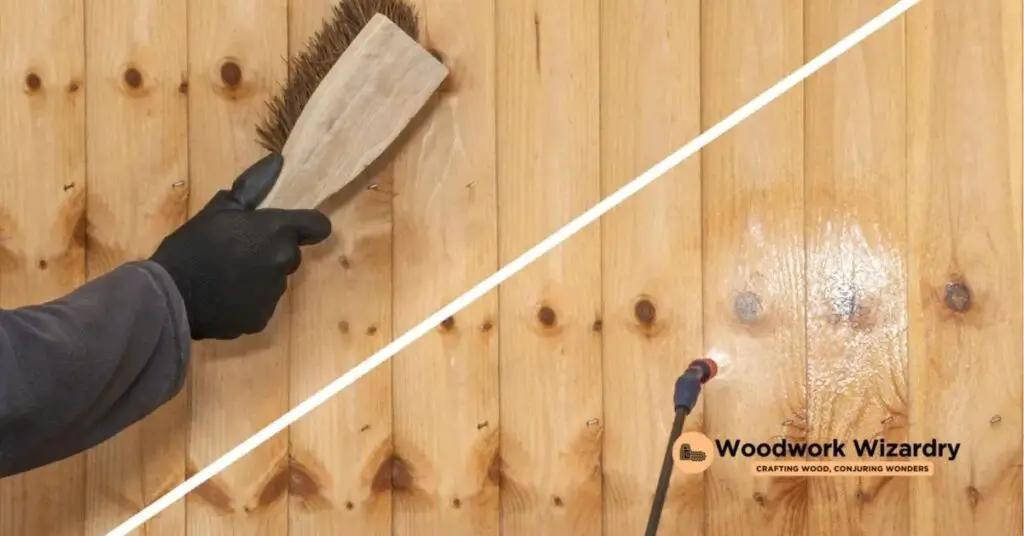
This section offers a detailed guide to effectively treating wood for ground contact, ensuring its durability and longevity. Following these steps will help protect your outdoor wood structures against moisture, insects, and decay.
Step 1: Cleaning the Wood Surface
Prepare the wood surface by thoroughly cleaning it to remove any dirt, debris, or existing finish. Use a stiff brush and soapy water for general cleaning. For tougher stains or previous finishes, consider using a wood cleaner or a mild stripping agent. Rinse the wood well with clean water and allow it to dry completely. This step ensures the preservative coats evenly and penetrates deeply.
Step 2: Applying the Preservative
Once the wood is dry, apply a recommended wood preservative using a brush, roller, or sprayer. Focus on achieving a uniform application, paying special attention to end grains and seams where moisture ingress is more likely. If you’ve selected a preservative designed for ground contact, it typically penetrates deeper and offers enhanced protection against fungi and insects. Allow the preservative to absorb into the wood according to the manufacturer’s instructions. This may take several hours or overnight.
Step 3: Letting the Wood Dry
After the preservative application, let the wood dry for at least 24 to 48 hours before proceeding. The exact drying time will depend on the preservative used and the environmental conditions. Dry wood ensures that any additional treatments, such as sealants, adhere properly and effectively.
Step 4: Applying a Sealant (Optional)
Applying a sealant is an optional but recommended step to further protect the wood from moisture and UV damage. Choose a sealant appropriate for your type of wood and desired finish. Apply the sealant with a brush, ensuring an even coat over the entire surface. Pay attention to edges and end grains, which are particularly vulnerable to moisture. Allow the sealant to dry according to the product instructions.
Step 5: Reapplication and Maintenance
Regular maintenance extends the life of treated wood in ground contact. Inspect and clean the wood annually to remove dirt and debris. Reapply preservative and sealant every few years or as needed, based on the wood’s appearance and exposure to elements. Signs such as fading color, splintering, or evidence of moisture penetration indicate the need for reapplication. By maintaining the wood properly, you ensure its longevity and durability against outdoor challenges.
Alternative Methods
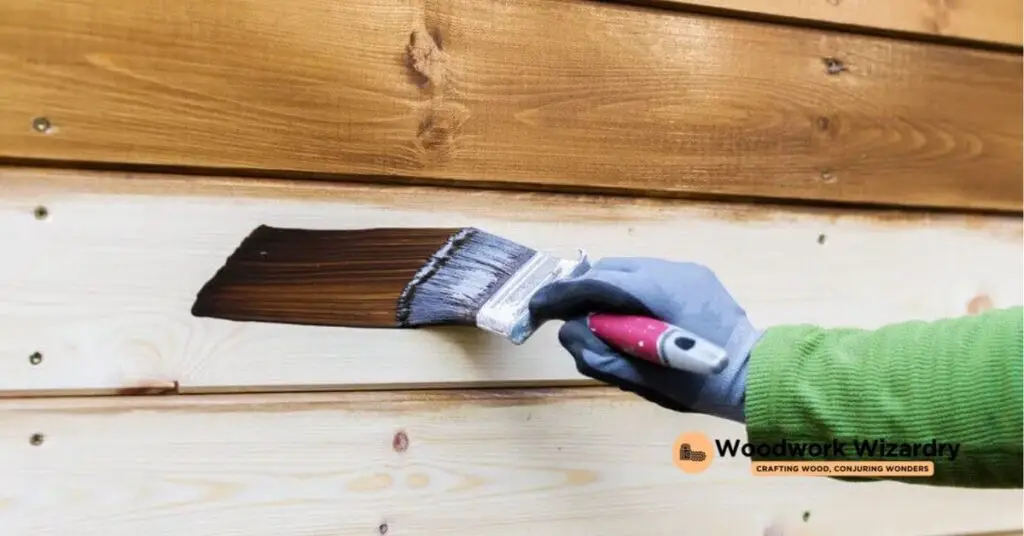
After discussing traditional treatment methods, let’s explore alternative approaches that also ensure the wood’s longevity and durability against the elements when in ground contact.
Using Naturally Resistant Wood Species
Opting for naturally resistant wood species marks a straightforward approach to ground contact applications. Woods like cedar, redwood, and certain types of teak boast natural oils and compounds that repel moisture, insects, and decay, providing inherent protection without the need for chemical treatments. If employing these wood types, ensure proper installation with adequate drainage to maximize their durability. Though initially more costly, their resistance features make them a worthwhile investment for outdoor projects requiring fewer maintenance efforts over time.
Commercial Pressure-Treated Wood
Selecting commercial pressure-treated wood stands as a practical alternative for ground contact needs. This wood undergoes a process where preservatives are deeply infused into its fibers under high pressure, effectively safeguarding against fungi, termites, and weathering. When choosing pressure-treated wood, look for labels specifying ground contact use to ensure the material has undergone treatment to the required standards for such exposure. Remember to handle pressure-treated wood with care, wearing protective gear during cutting or sanding due to its chemical content. Regular maintenance, including cleaning and resealing, extends its use, maintaining the integrity of decks, fences, and other outdoor structures in direct contact with the ground.
Common Issues and Troubleshooting
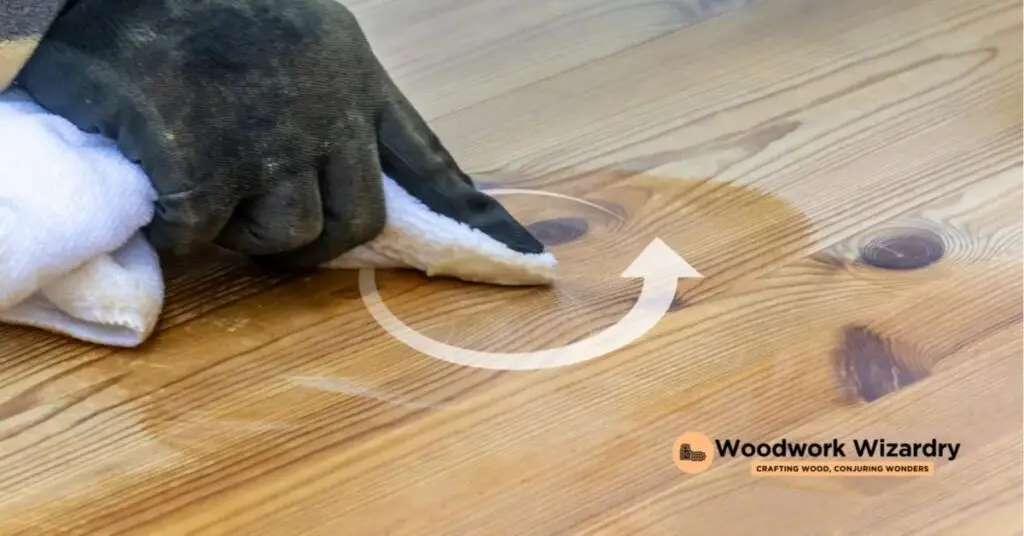
In maintaining the durability of wood in ground contact, we often encounter specific issues that require effective solutions. Here, we focus on preventing common problems and offer strategies for troubleshooting.
Preventing Rot and Decay
Preventing rot and decay begins with the correct selection and application of wood treatments. Implement multiple layers of high-quality wood preservative to all surfaces of the wood, paying extra attention to end grains where moisture ingress is prevalent. Ensure drainage is adequate in areas around the wood installation to avoid standing water, which accelerates rot. For additional protection, install a physical barrier such as gravel or sand beneath wooden structures to improve drainage and further reduce moisture contact. Regular inspections allow early detection of signs of decay, enabling prompt repairs or replacement of affected sections.
Addressing Preservative Failures
Addressing preservative failures requires identifying and rectifying the cause of the failure. If a preservative appears to be losing its effectiveness, first ensure that the wood was correctly prepared and treated. Wood surfaces must be clean and dry before application, and preservatives must penetrate deeply for lasting protection. If failure occurs, remove the affected wood, apply a wood hardener to any slightly soft but salvageable areas, and retreat with a suitable preservative. In cases where wood is in direct contact with the ground, consider adding a post protector or using a more resistant wood species or higher-quality pressure-treated wood designated for ground contact. Regular maintenance, including reapplication of preservatives according to product guidelines, plays a crucial role in preventing future failures.
Safety Precautions
Treating wood for ground contact involves various chemicals and procedures that require careful handling to ensure not only the effectiveness of the treatment but also personal safety. Let’s explore the necessary safety measures to keep in mind.
Handling Chemicals Safely
When dealing with chemicals used in wood treatment, prioritize accuracy in following product instructions for application and disposal. Manufacturers provide guidelines for a reason; adhering to them minimizes risks. Store chemicals in their original containers, away from children and pets, to prevent accidental ingestion or exposure. Ventilation plays a crucial role in safety during wood treatment. Work in well-ventilated areas to avoid inhaling fumes, which can cause respiratory issues or other health problems if ignored. In case of spills, clean them up immediately using the recommended procedures to prevent skin contact or environmental contamination.
Protective Gear Recommendations
Wearing the right protective gear is critical to avoid direct contact with treatment chemicals and treated wood. Gloves, goggles, masks, and long sleeves offer a strong defense against potential hazards. Choose gloves made of nitrile or rubber, which resist chemical penetration, ensuring hands stay protected. Goggles prevent airborne particles and splashes from irritating or damaging the eyes, a common risk during spraying or dipping wood. A mask or respirator becomes indispensable in filtering harmful fumes, especially in poorly ventilated spaces. Lastly, long sleeves and pants shield the skin from splashes and direct contact with treated wood, further reducing risk of irritation or allergic reactions. Always clean protective gear after use and inspect it for wear and tear to maintain its protective qualities over time.
Conclusion
We’ve walked through the essential steps and considerations for treating wood for ground contact, emphasizing the importance of protection against the elements and potential hazards. Choosing the right wood and treatment method can significantly extend the life of your outdoor projects. Remember, regular maintenance and safety precautions are key to ensuring your wood structures remain safe and sturdy for years to come. Let’s put these practices into action and enjoy the beauty and durability of well-maintained wood in our outdoor spaces.
Related Posts:

